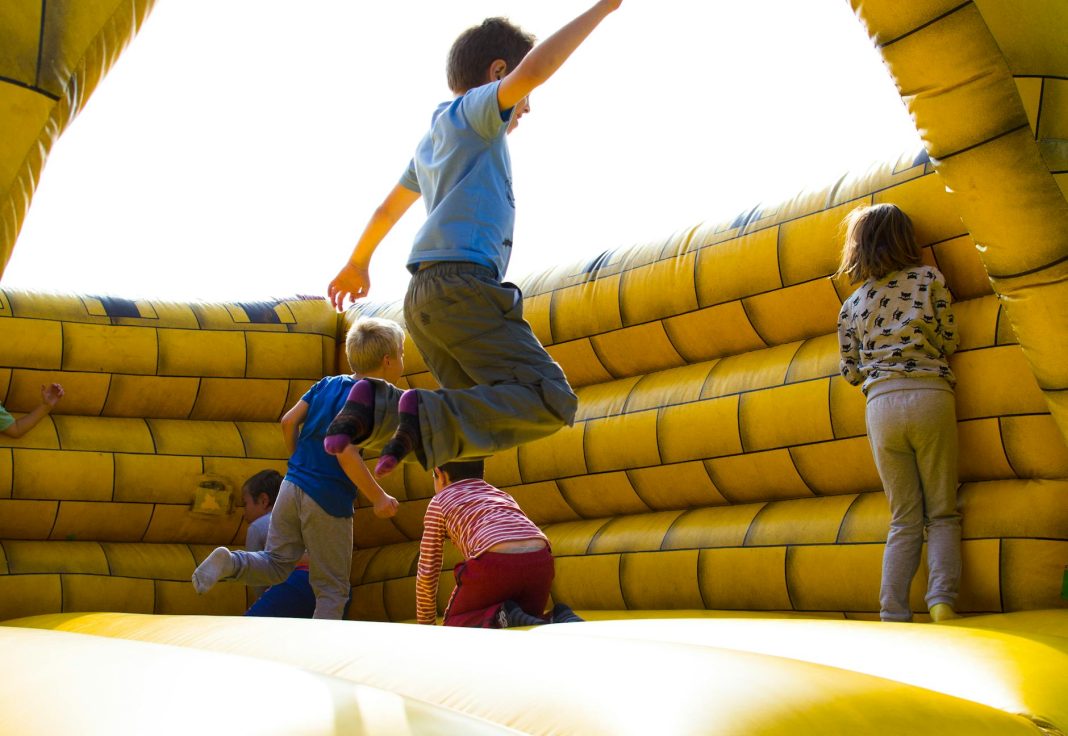Let’s be honest, parenting is HARD. There’s no instruction manual, and every kid is a unique, beautiful, and sometimes *incredibly* challenging individual. One thing almost every parent grapples with is the delicate dance between discipline and boundaries. It’s easy to get caught in the trap of yelling, punishing, or giving in – but there’s a better way. This isn’t about being “perfect” parents; it’s about creating a loving, respectful environment where kids learn self-control and responsibility. Level Up Your Life: Mastering Discipline & Boundaries (Without the Drama!)
Understanding the Difference: Discipline vs. Punishment
Before diving into strategies, let’s clarify a crucial distinction: discipline and punishment are NOT the same. Punishment focuses on inflicting pain or consequences to make a child stop misbehaving. Discipline, on the other hand, is about guiding a child’s behavior towards positive choices. Think of it as teaching, not reacting.
Setting Respectful Boundaries: It’s Not About Control, It’s About Safety
Boundaries are the invisible lines that protect your family’s physical and emotional well-being. They’re not about controlling your child; they’re about creating a safe and predictable environment. Here’s how to set them effectively:
- Be clear and consistent: Tell your child what’s expected in simple, age-appropriate language. Consistency is key; if a rule is broken, the consequence should be the same each time.
- Explain the “why”: Don’t just say “no,” explain why the boundary exists. For example, “We don’t hit because it hurts people.” Understanding the reason behind a rule helps kids learn and internalize it.
- Involve your child: When possible, let your child participate in setting age-appropriate boundaries. This gives them a sense of ownership and makes them more likely to follow the rules.
- Age-appropriate expectations: Remember, what’s reasonable for a 5-year-old is very different from what’s reasonable for a teenager. Adapt your expectations as your child grows.
- Choose your battles: Not every infraction needs a consequence. Sometimes, letting small things go is okay. Focus on the most important rules.
Positive Discipline Strategies: Focus on Solutions, Not Problems
Positive discipline focuses on teaching and guiding, not punishing. Here are some powerful techniques:
- Natural Consequences: Let your child experience the natural outcome of their actions. If they don’t put away their toys, they might step on them. This is a gentle way to teach responsibility.
- Logical Consequences: These are consequences directly related to the misbehavior. If they draw on the wall, they help clean it. This connects their actions with the results.
- Time-ins, not time-outs: Instead of isolating your child, a “time-in” involves calmly sitting with them, offering comfort and helping them process their emotions. This builds connection and understanding.
- Positive reinforcement: Catch your child being good! Praise their positive behavior and reward it consistently. This focuses on what they’re doing right, rather than what they’re doing wrong.
- Active listening: When your child is upset, really listen to them. Validate their feelings even if you don’t agree with their behavior. Saying “I understand you’re frustrated” can make a world of difference.
- Problem-solving together: Instead of imposing solutions, involve your child in finding solutions to conflict. This teaches them critical thinking and responsibility.
- Empathy and Understanding: Put yourself in your child’s shoes. Try to understand the reason behind their behavior. Are they tired, hungry, or feeling overwhelmed?
Behavior Guidance: It’s an Ongoing Process
Behavior guidance is a continuous learning process for both you and your child. It’s not about perfection; it’s about progress. Here are some additional tips:
- Stay calm: When you’re stressed or angry, it’s harder to respond effectively. Take a deep breath, step away if needed, and then address the situation.
- Avoid power struggles: These are rarely productive. Focus on collaboration and finding solutions that work for everyone.
- Model good behavior: Kids learn by watching. Be the kind of person you want them to be.
- Seek support: Parenting is challenging, and it’s okay to ask for help. Talk to other parents, family members, or professionals if you need support.
- Celebrate successes: Acknowledge your child’s progress, no matter how small. Positive reinforcement strengthens good behavior.
The Bottom Line: It’s All About Connection
Effective discipline and boundary setting aren’t about control; they’re about building a strong, loving connection with your child. By focusing on positive reinforcement, clear communication, and understanding, you can create a happy, healthy, and respectful family environment. Remember, it’s a journey, not a race. Be patient, be consistent, and celebrate the small victories along the way.

